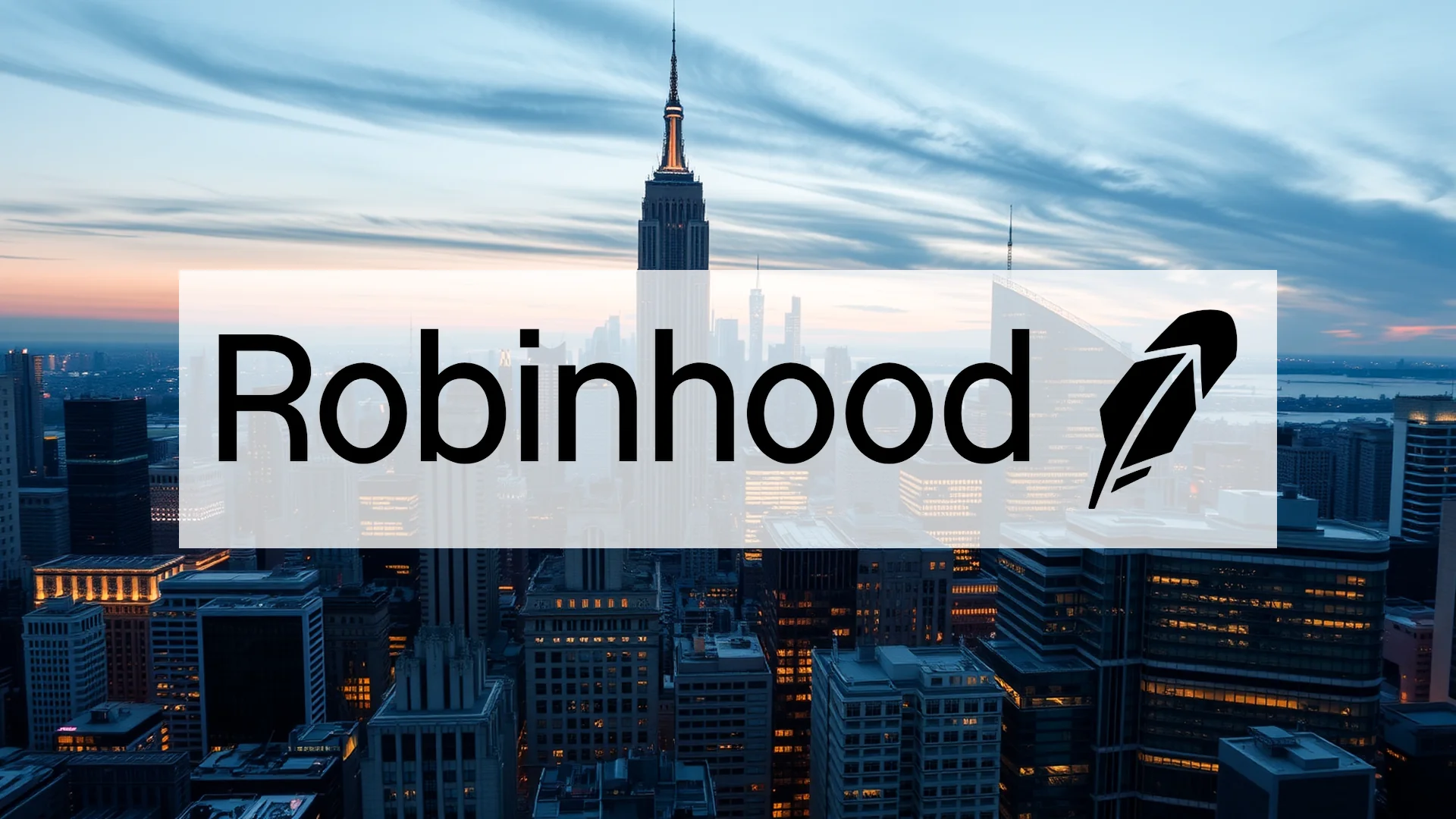Oracle shares continue to ride the artificial intelligence wave to unprecedented heights, yet beneath the surface significant challenges are emerging. The software giant’s aggressive push into cloud infrastructure for AI applications is creating a complex narrative of soaring analyst expectations confronting margin pressures that recently triggered a notable stock decline.
Unwavering Analyst Confidence
Market experts maintain overwhelmingly positive outlooks for Oracle’s trajectory, with Citigroup setting the most ambitious target by raising its price objective to $415—the highest among Wall Street analysts covering the company. This optimism stems from Oracle’s expanding cloud division and strategic positioning within the AI infrastructure marketplace. Citi researchers project the company could achieve annual profit growth exceeding 30% through 2030.
“Oracle continues to broaden its cloud client portfolio, and we anticipate management will provide greater transparency regarding AI project expenditures and revenue streams,” noted analysts in their recent assessment. This sustained confidence has propelled the equity forward despite recent volatility.
TD Cowen maintains a $375 price target, while Baird describes Oracle as an “information age AI juggernaut” with a $365 valuation. Phillip Securities initiates coverage at $350, reflecting the widespread bullish sentiment across financial institutions.
The Profitability Paradox
The AI boom presents a dual-edged sword for Oracle. Just this week, the stock declined 5.5% following revelations that the company’s AI cloud operations generated modest 14% gross margins on $900 million in revenue for the quarter ending August. This figure appears particularly concerning when measured against Oracle’s overall corporate margin profile of approximately 70%.
Should investors sell immediately? Or is it worth buying Oracle?
Internal documentation indicates the company absorbed nearly $100 million in costs related to leasing Nvidia’s high-performance chips, highlighting the financial strain of intense price competition within the AI infrastructure sector. These margin pressures raise questions about whether Oracle can achieve its ambitious growth targets without compromising profitability.
Strategic Positioning and Future Prospects
Oracle’s substantial $455 billion backlog from multi-cloud partnerships provides a foundation for the ongoing transformation from traditional software provider to cloud and AI infrastructure leader. The company’s involvement in the Stargate initiative with OpenAI—which involves constructing five massive data centers equipped with Nvidia processors—demonstrates its commitment to capturing AI market share.
The critical question remains whether Oracle can realistically achieve projected cloud revenue of $144 billion by 2030. The upcoming December quarterly report will offer crucial insight into whether the technology titan can translate its ambitious expansion plans into sustainable, profitable operations.
As Oracle navigates the balance between aggressive growth investments and margin preservation, investors await concrete evidence that the company’s AI strategy can deliver both substantial market share and acceptable returns in this fiercely competitive landscape.
Ad
Oracle Stock: Buy or Sell?! New Oracle Analysis from November 26 delivers the answer:
The latest Oracle figures speak for themselves: Urgent action needed for Oracle investors. Is it worth buying or should you sell? Find out what to do now in the current free analysis from November 26.
Oracle: Buy or sell? Read more here...









